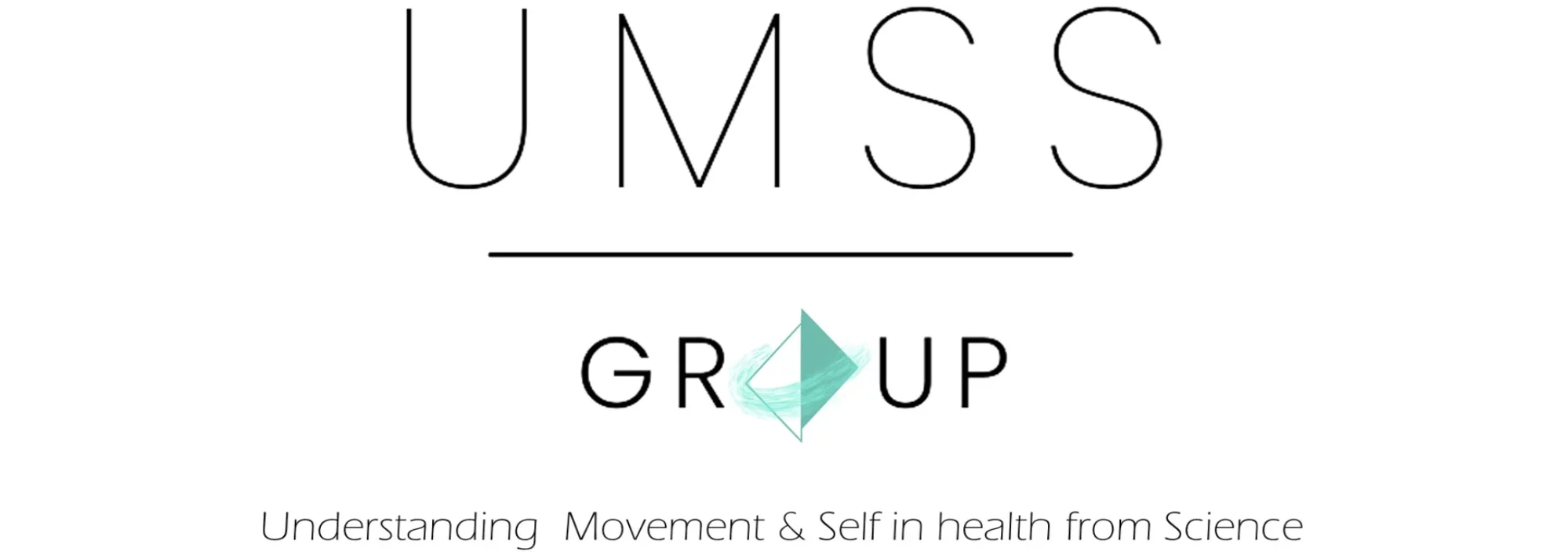When we talk about practicing evidence-based Medicine or Physiotherapy, we refer to the need to integrate the best available scientific evidence on a topic with the best evidence based on the professional’s own experience, without forgetting ethical aspects, the clinical practice context, and the values and preferences of the person coming to the consultation (Veras et al., 2016).
However, only about 5-15% of professionals seem to consider the results of scientific studies in their clinical decision-making, which is a truly concerning figure (Park, 2015). So, what value does knowledge have if it is limited to the scientific field and does not reach other forums and a more diverse audience, especially those who need to use it at the clinical level? Disseminating research findings is a crucial part of the scientific method, as it is the way researchers share their discoveries with others (Estabrooks et al., 2018). But this dissemination is incomplete if these findings do not have an impact on regular practice, which implies bringing that knowledge to society, not just to healthcare professionals but also to individuals and social entities. Only in this way will it be possible to begin closing the enormous gap that currently exists between research and clinical practice.
An important step in this direction is understanding what factors hinder this communication. Regarding professionals, resistance to change, lack of knowledge and skills needed to interpret and apply scientific evidence, time constraints associated with high clinical demand, and, no less important, the existence of organizational contexts that do not promote innovation and continuous updating have been highlighted (Sánchez-García et al., 2013). Addressing these constraints is fundamental to improving the situation described above. It may seem that all these elements are at the level of the communication receiver, as if in a phone call the problem were solely in the phone, ear, or brain of the person receiving it. However, when a message doesn’t get through, the sender must bear some responsibility. If we don’t approach it this way, there is little chance of fixing the situation. From the academic field and our responsibility as scientists, we have the duty to act (Green LW, 2008). In this regard, actions to raise general awareness about the issue that lead to a social demand, or facilitating the message to improve its interpretation and impact, or its accessibility through the use of other channels, are elements that can be addressed from the evidence-producing side. Therefore, at UMSS, we believe in the disseminating role of, for example, blogs and podcasts, as long as they are well-informed and based on the best available evidence. Building a scientific message in a more “friendly” and easily understandable way is our next step.
References
Estabrooks PA, Brownson RC, Pronk NP. Dissemination and Implementation Science for Public Health Professionals: An Overview and Call to Action. Prev Chronic Dis. 2018 Dec 20;15:E162. doi: 10.5888/pcd15.180525.
Green LW. Making research relevant: if it is an evidence-based practice, where’s the practice-based evidence? Fam Pract. 2008 Dec;25 Suppl 1:i20-4. doi: 10.1093/fampra/cmn055
Panteli D, Legido-Quigley H, Reichebner C, et al. Clinical Practice Guidelines as a quality strategy. In: Busse R, Klazinga N, Panteli D, et al., editors. Improving healthcare quality in Europe: Characteristics, effectiveness and implementation of different strategies [Internet]. Copenhagen (Denmark): European Observatory on Health Systems and Policies; 2019. (Health Policy Series, No. 53.) Available from: https://www.ncbi.nlm.nih.gov/books/NBK549283/
Park K, Choi B, Han D. Clinical physical therapists research activity reality and barriers to their utilizing research findings. J Phys Ther Sci. 2015 Jul;27(7):2091-5. doi: 10.1589/jpts.27.2091.
Veras M, Kairy D, Paquet N. What Is Evidence-Based Physiotherapy? Physiother Can. 2016;68(2):95-98. doi: 10.3138/ptc.68.2.GEE.
Sánchez-García I, López-Medina IM, Pancorbo-Hidalgo PL. Obstáculos percibidos por las enfermeras para la práctica basada en evidencias: Un estudio cualitativo. Enfermería clínica. 2013;23(6):279-83.


